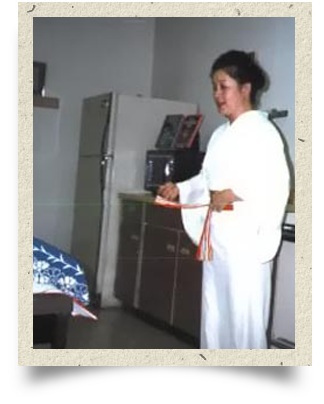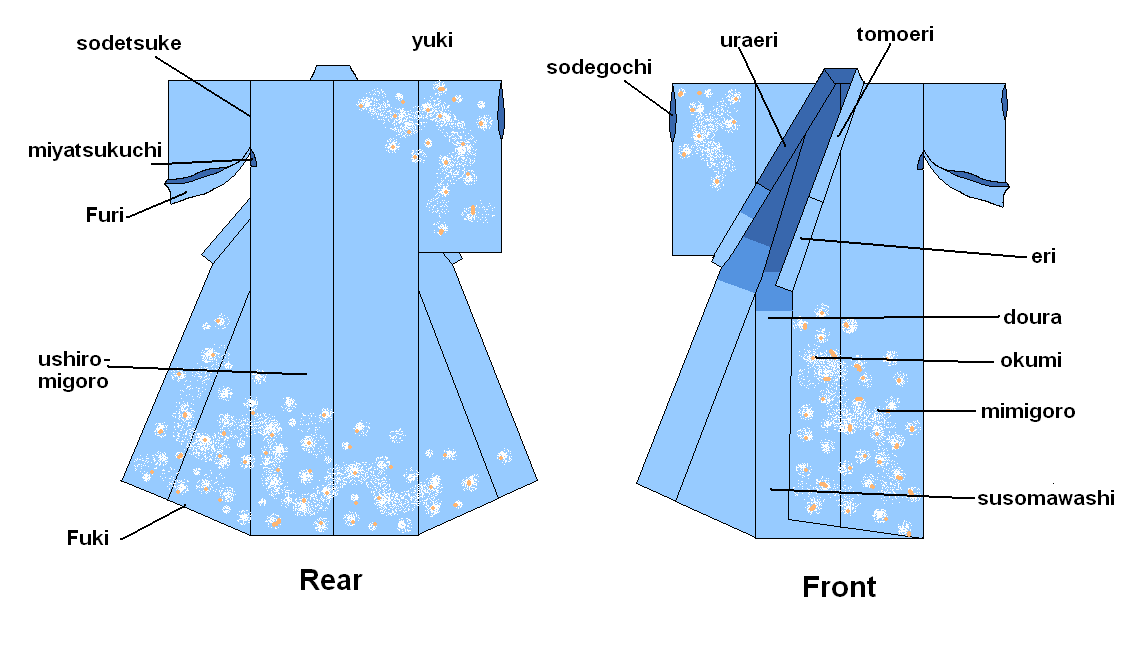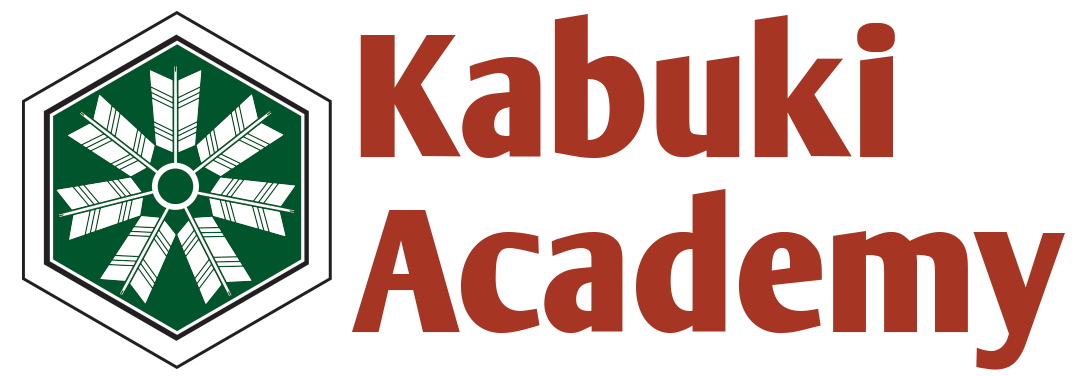Kimono Dressing

Welcome to those…
- who have a kimono but don’t know how to wear it by themselves
- who don’t have kimono but want to wear it once
- who have only kimono and don’t know what other accessories are needed
- who want to know more about the kimono history, traditions, manners & etiquette
Not only Can you learn how to wear a kimono properly but you may also try on a formal kimono or “Uchikake”, a long overgarment for a wedding, and take a picture as a wonderful memory. And also learn manners, etiquette and rules with kimono and Japanese traditions.
About Kimono (Wa-fuku)
For the most part, Japanese people today wear western clothes in their everyday life, but the traditional Japanese clothing (kimono) is still popular both as formal attire and as clothing for the home.
The most gorgeous kimono is the “uchikake”, a long overgarment worn by the bride in a wedding ceremony. The silk fabric is embroidered with gold and silver threads, most commonly in patterns of flowers or birds. There are various types of kimono. Designs and colors of women’s kimonos differ according to the marital status of the wearer. Women also wear kimonos of different fabrics, designs and patterns in accordance with the occasion – formal or informal.
Japanese women ordinarily wear kimonos during the New Year holidays, college graduation parties, wedding ceremonies and receptions, as well as funeral services.
Unlike western dresses which are tailored in specific sizes to fit the wearer, Japanese kimonos are quite flexible and made only in approximate sizes. The fit is adjusted by the manner in which it is worn. A special technique is required to wear kimono. The elegance and refined beauty of the kimono derives more from the atmosphere created by the manner in which the kimono is worn than from the beauty of the cloth.
UPDATE: Mary Ohno Models Juuni Hitoe, December 2014

Kimono Dressing Class
From time to time, Mary Ohno opens her Kimono Dressing class and Stage Makeup class for her Kabuki Academy members and for the public. Kabuki Academy provide “Kimono Dressing workshop” occasionally besides their performance programs. Come to those Kimono Dressing Workshop and learn how to wear kimono. Another Kimono workshop will be held at Mary Ohno’s Studio, sometimes in August (Tacoma, WA). You are most welcome to join and learn from this special offer. Don’t miss it!
Do you want to wear Japanese Wedding kimono with Uchikake?
For your wonderful memory, do you want to take photos of wearing the traditional Japanese wedding kimono with full make up and wig? If you are interested in, please contact Mary Ohno.
You are most welcome to attend Mary Ohno’s Kimono Dressing class. By knowing several tricks, you’ll be able to put on kimono by yourself, easily and gracefully. You can learn not only how to wear kimono but also how to fold kimono properly and take care of your kimono after you’ve worn it. If you have a kimono, you need at least the following 11 accessories and/or parts together with kimono: 1) tabi, 2) hada-juban, 3) naga-juban or han-juban, 4) 3-4 strings, 5) 1-2 da-te-jime, 6) obi, 7) obi-ita, 8) obi-age, 9) obi-jime, 10) makura, 11) zoori

|

|
Some people say, “Kimono looks nice but when I put it on myself, it’s too tight and I can hardly drink or eat anything.” To wear kimono elegantly, it should look good as well as feel good. No choking and no discomfort are the keys to wearing kimono perfectly.
Click Here to ask more.
